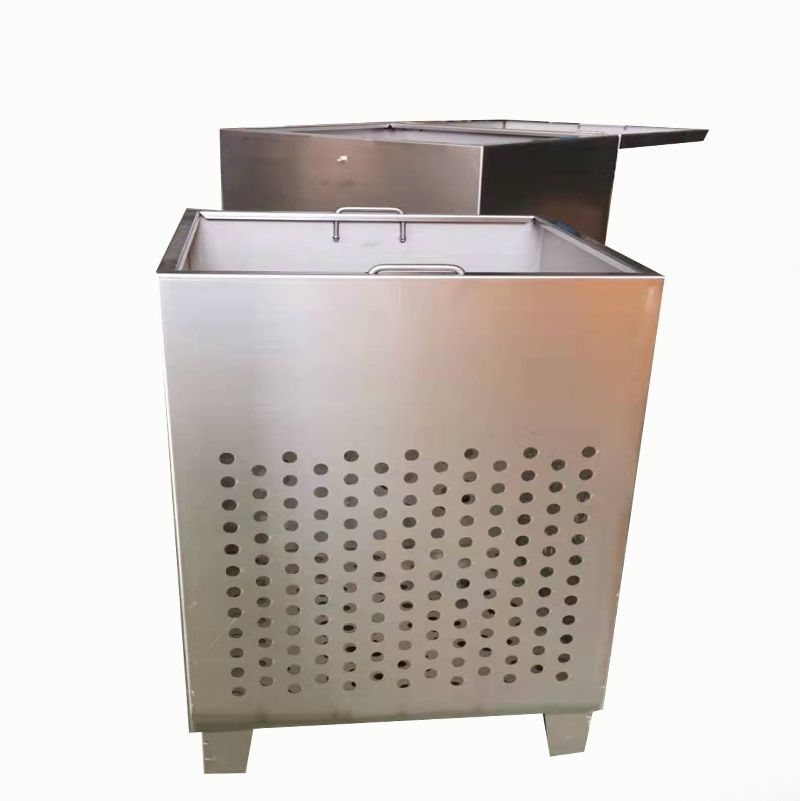Exploring Different Types of Chicken Cages for Optimal Farm Animal Welfare and Productivity
Jul . 27, 2024 01:22 Back to list
Exploring Different Types of Chicken Cages for Optimal Farm Animal Welfare and Productivity
The Importance of Choosing the Right Type of Chicken Cage
When it comes to raising chickens, one of the most critical decisions a farmer or poultry enthusiast must make is choosing the right type of chicken cage. The type of cage not only affects the health and well-being of the chickens but also impacts productivity and the overall management of the farm. There are various types of chicken cages available, each with its own set of advantages and disadvantages. In this article, we will explore the different types of chicken cages and their significance in poultry farming.
1. Battery Cages
Battery cages are one of the most common types of chicken cages used in commercial egg production. These cages are designed to house multiple hens in a compact space, allowing for efficient production. While battery cages maximize output, they have come under scrutiny for animal welfare concerns. Chickens in battery cages are often confined in cramped quarters, which can lead to stress and a lack of natural behavior. Many countries are moving towards phasing out battery cages in favor of more humane alternatives.
2. Barn Systems
Barn systems, also known as aviary systems, provide a more spacious environment for chickens. In these systems, hens are kept in a barn or large enclosure where they can roam freely, perch, and nest in designated areas. This setup mimics a more natural habitat, promoting better mental and physical health among the chickens. While barn systems require more space and resources than battery cages, they often yield higher quality eggs and improve animal welfare, making them a preferred choice for organic and free-range farms.
3. Free-Range Cages
a type chicken cage

Free-range chickens are allowed to roam outside during the day while having access to a secure coop for shelter. This type of cage emphasizes animal welfare by providing chickens with a natural setting to exhibit their instinctive behaviors, such as foraging and dust bathing. The eggs produced by free-range chickens are often sought after in the market, as consumers perceive them to be healthier and more ethically produced. However, managing a free-range system can be challenging due to potential predators and environmental factors.
4. Organic Cages
Organic farming standards require that hens are housed in a way that allows them to exhibit natural behaviors while also being fed organic feed. Organic cages often provide outdoor access, space to roam, and nesting areas. The organic certification process can be rigorous, but many farmers find it worthwhile due to the premium prices that organic eggs can fetch in the marketplace. Additionally, consumers are increasingly willing to pay more for products that align with their values regarding animal welfare and sustainability.
5. Enriched Cages
Enriched cages are a compromise between battery and free-range systems. These cages provide a little more space than traditional battery cages and include features like perches, nesting boxes, and enrichment items to keep the chickens engaged and healthier. While they do not provide the same level of freedom as free-range systems, enriched cages aim to improve the living conditions of hens while ensuring that production remains efficient.
Conclusion
Choosing the right type of chicken cage is an essential aspect of poultry farming that requires careful consideration of various factors, including animal welfare, production efficiency, and market demand. As consumers become more aware of the conditions in which their food is produced, the shift towards more humane and sustainable systems is becoming increasingly important. Whether opting for battery cages, barn systems, free-range, organic, or enriched cages, the decision has far-reaching implications for the chickens, the farmers, and the consumers. Ultimately, responsible poultry farming is about finding a balance that respects the welfare of the animals while meeting the needs of the market.
-
High Performance Exhaust Fan – Efficient Ventilation Solutions for Home
NewsJun.10,2025
-
High-Quality Gestation Pen for Sows Durable Mobile Pig Pen & Simple Pig Pen Solutions
NewsJun.10,2025
-
High Quality Rabbit Cage Double Tier Designs & Welded Wire Mesh Supplier
NewsJun.10,2025
-
Floating Fish Feed Machine - High Efficiency Floating Fish Feed Extruder for Small Scale Production
NewsJun.10,2025
-
Premium Poultry Housing Solutions Mobile & Commercial Free Range Options
NewsJun.10,2025
-
Industrial FRP Fans Corrosion-Resistant Blades & Centrifugal Systems
NewsJun.09,2025






